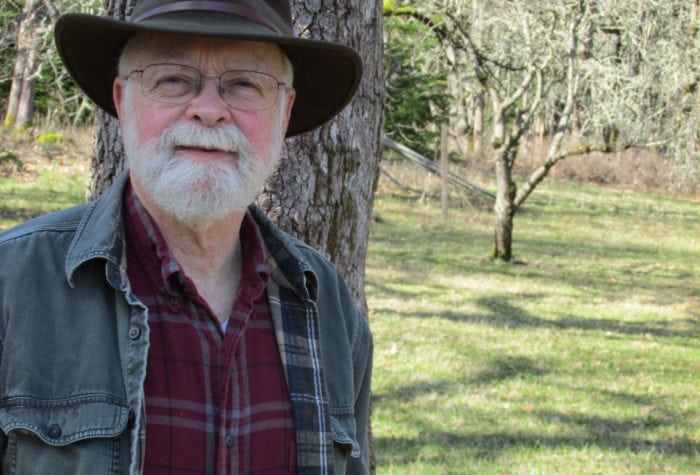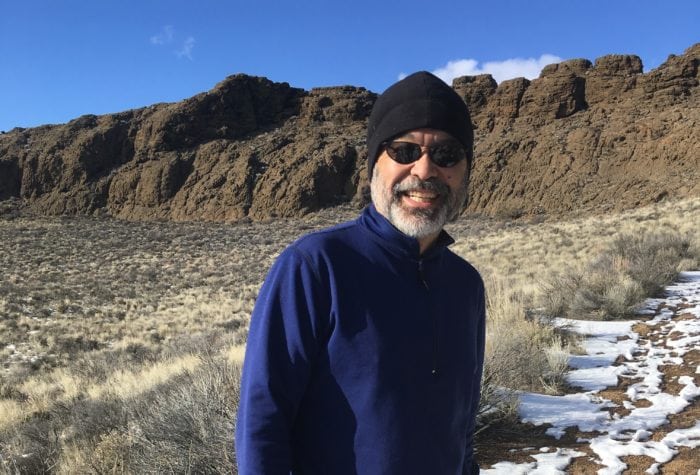ONDA volunteers have spent years completing deferred maintenance on trails in the Steens Mountain Wilderness that overlap with the Oregon Desert Trail, a 750-mile route that connects all of the iconic landscapes in Oregon’s high desert.
ONDA volunteers have also surveyed about 750,000 acres of public land on and around Steens, identifying about 545,000 acres with wilderness characteristics.
Between 2000 and 2017, ONDA volunteers pulled 125 tons of obsolete barbed wire off of Steens—equivalent to the weight of 10 school buses—to provide safer habitat for wildlife like wildlife like Greater Sage-grouse and pronghorn.
In 2009, ONDA blew the whistle on the “Burnt Car Road” illegally bladed into the Steens Mountain Wilderness. Under an ensuing legal settlement, volunteers worked with federal land managers to repair the damage and restore pristine high elevation meadows.
In 2015, a federal judge agreed with ONDA that agency land managers could not drive cross-country in Wilderness Study Areas on Steens to conduct juniper removal. Under the Steens Act, these sensitive habitats require more environmentally protective approaches to vegetation management.’
In 2016, ONDA successfully blocked a proposal to build an industrial-scale energy facility on Steens, protecting essential winter habitat and population connectivity for the imperiled Greater Sage-grouse.
In 2019, a federal appeals court threw out a motorized travel plan for Steens that would have created hundreds of miles of obscure or nonexistent routes that threatened wilderness values and intact sagebrush plant communities. This ruling affirmed decades of citizen-led efforts to demonstrate the importance of Steens Mountain and ensures that the mountain will continue to be protected.

